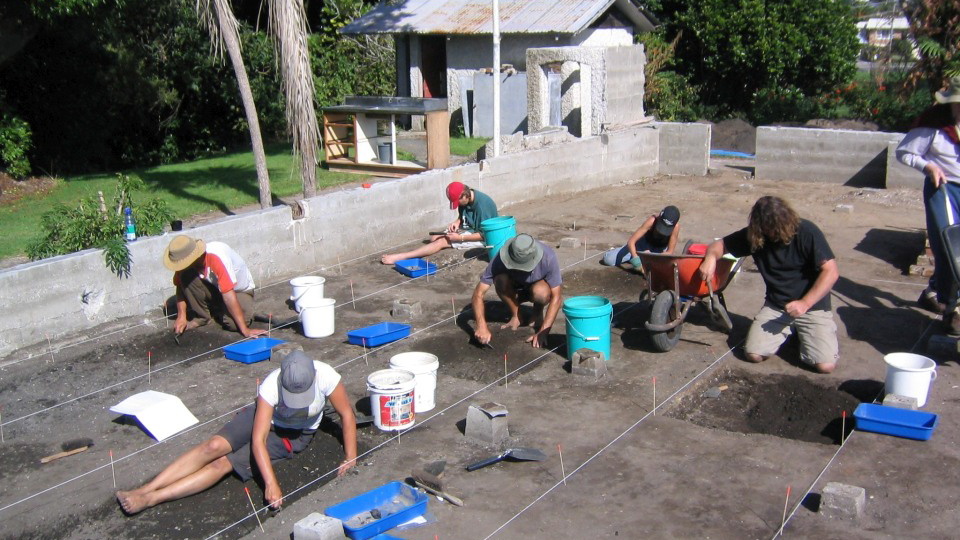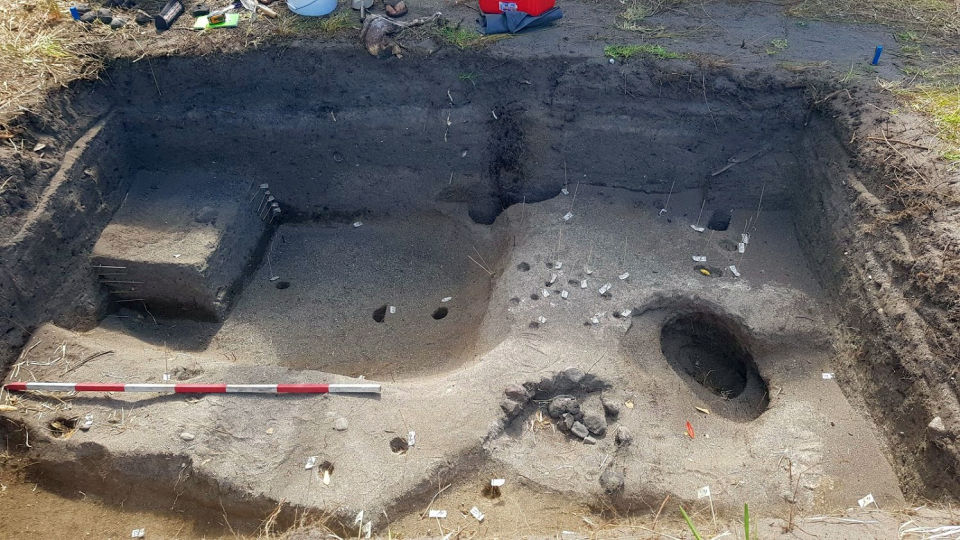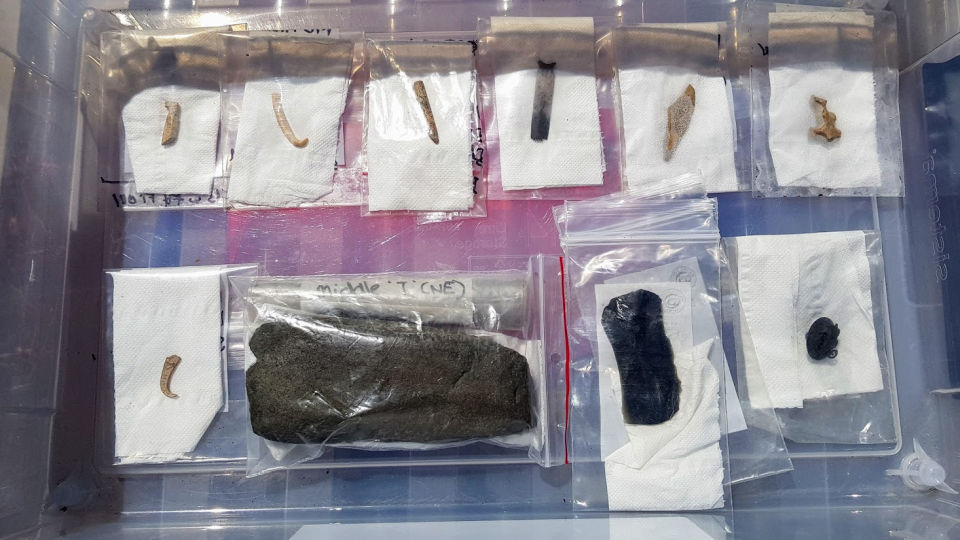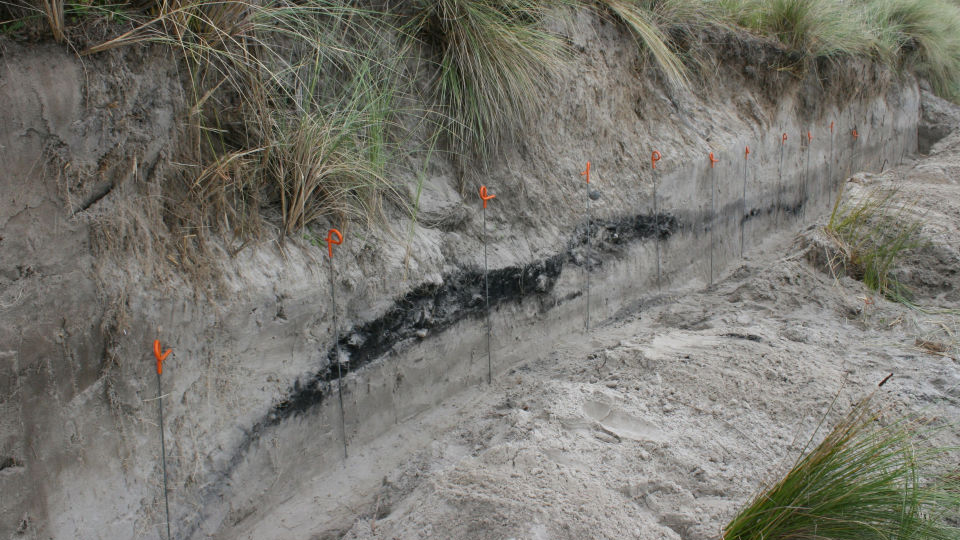Archaeology is like being a detective for history. It’s the study of how people lived in the past by digging up and examining objects they left behind. These objects, called artefacts or taonga, can be anything from tools and pottery to old ruins and even trash! Archaeologists use these clues to piece together stories about people, places, and cultures from our past.
What archaeologists do
Archaeologists spend a lot of time in the field, digging at special sites called excavations. They carefully uncover taonga and artefacts buried in the ground, often using tools like brushes, trowels, and sieves to avoid damaging what they find. After they collect the artefacts, they bring them to a lab for cleaning, studying, and sometimes repairing.
Archaeologists work to understand what they uncover through the layers, interpreting their findings through a written report. This report becomes available to those connected with the excavation site. Many excavation reports are publicly available through Heritage New Zealand's Archaeology Digital Library.

Archaeologists carefully uncover taonga and artefacts buried in the ground at special sites called excavations. Image: HNZPT.
Why archaeology is important
Archaeology helps us understand how people lived in the past, including what they ate, how they built their homes, and what they believed. By learning about past cultures, we can see how humans have changed over time and how some activities have stayed the same. It also helps us appreciate and protect the history around us.

Archaeology helps us understand how people lived in the past, including what they ate, how they built their homes, and what they believed. Image: LEARNZ.
What archaeologists find
Artefacts can be small, like adze heads or coins, or huge, like temples or statues. Archaeologists also find ecofacts, like seeds or animal bones, which tell us about the environment of the past. Even ancient rubbish pits such as middens can be full of interesting clues about everyday life!

Archaeologists find many different objects that give clues about everyday life in the past. Image: LEARNZ.
What is an archaeological site?
In Aotearoa, an archaeological site is connected to human activity before 1900 that may have evidence about New Zealand’s history. These sites are protected under the Heritage New Zealand Pouhere Taonga Act 2014 and are considered valuable and irreplaceable parts of the country’s heritage.
Types of archaeological sites
There are many kinds of archaeological sites in New Zealand, including:
- Māori pā sites: These fortified villages often have banks and terraces and are found on cliffs, headlands, or ridges.
- Cultivation and garden areas: These include soil patterns, loose stone lines or mounds, levelled terraces, and pits used to store kūmara.
- Middens: Ancient rubbish dumps that contain shells, bones, artefacts, charcoal, and sometimes oven stones.
- Rock art sites: These may have paintings, drawings, carvings, or engravings.
- Shipwrecks: These provide insights into New Zealand’s maritime history.
- Historic activity sites: Locations related to whaling, trading, gold mining, mission stations, military redoubts, and historic buildings or structures.

Middens are old rubbish dumps that contain shells, bones, artefacts, charcoal, and sometimes oven stones. Image: Louise Furey.
Māori kupu | key words
huke | excavate
taonga | object, artefact, treasure
toki | adze
kōrero o nehe | ancient history
rua kūmara | kūmara storage pit
pātaka | storage house
anga/angaanga | shell or shells
matau | fish hook
wheua | bone
kōiwi | human bone
hōanga | grindstones to fashion shape
hao punga | fishing net anchor
Source: Heritage New Zealand Pouhere Taonga | What is archaeology?



